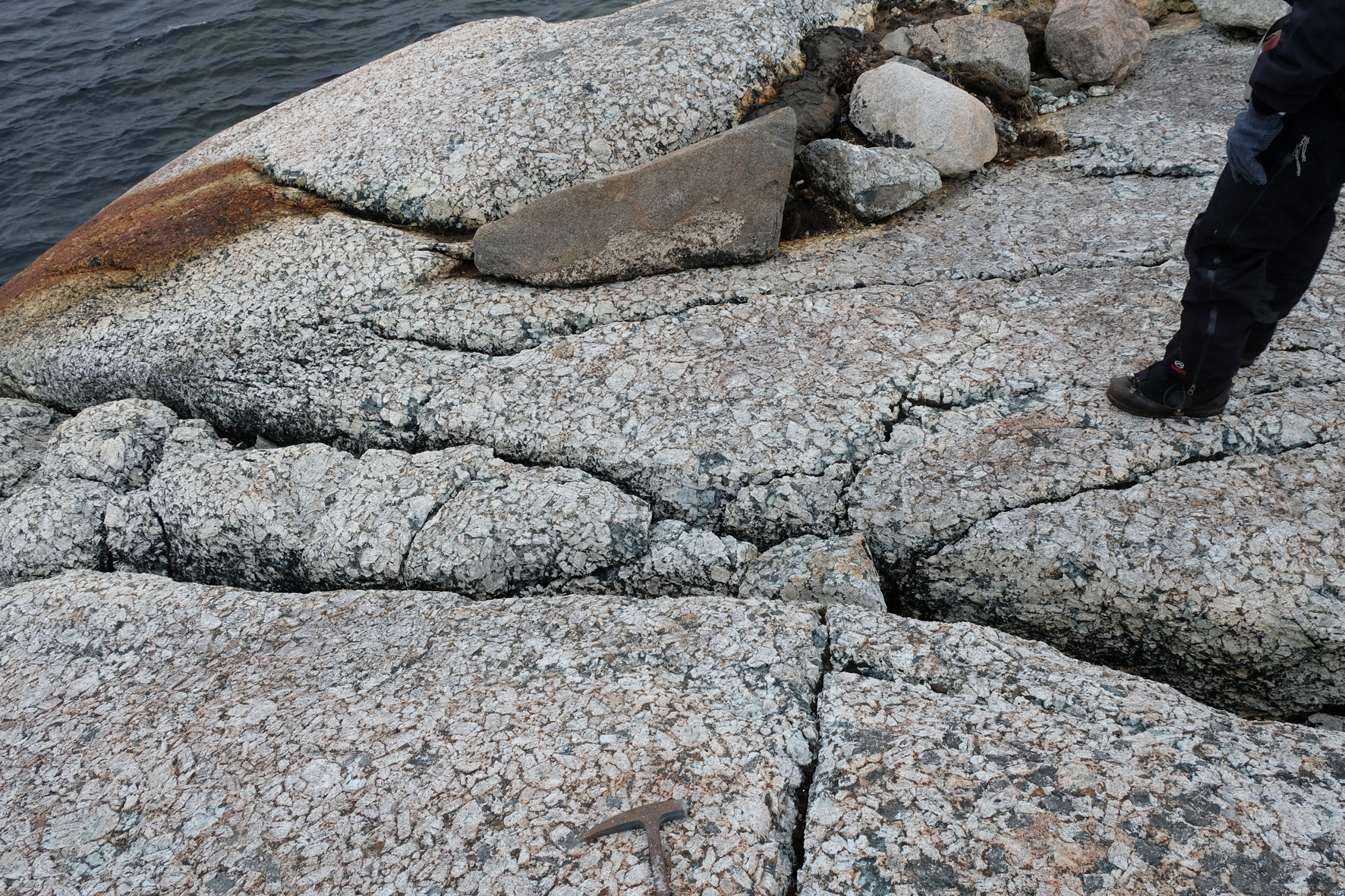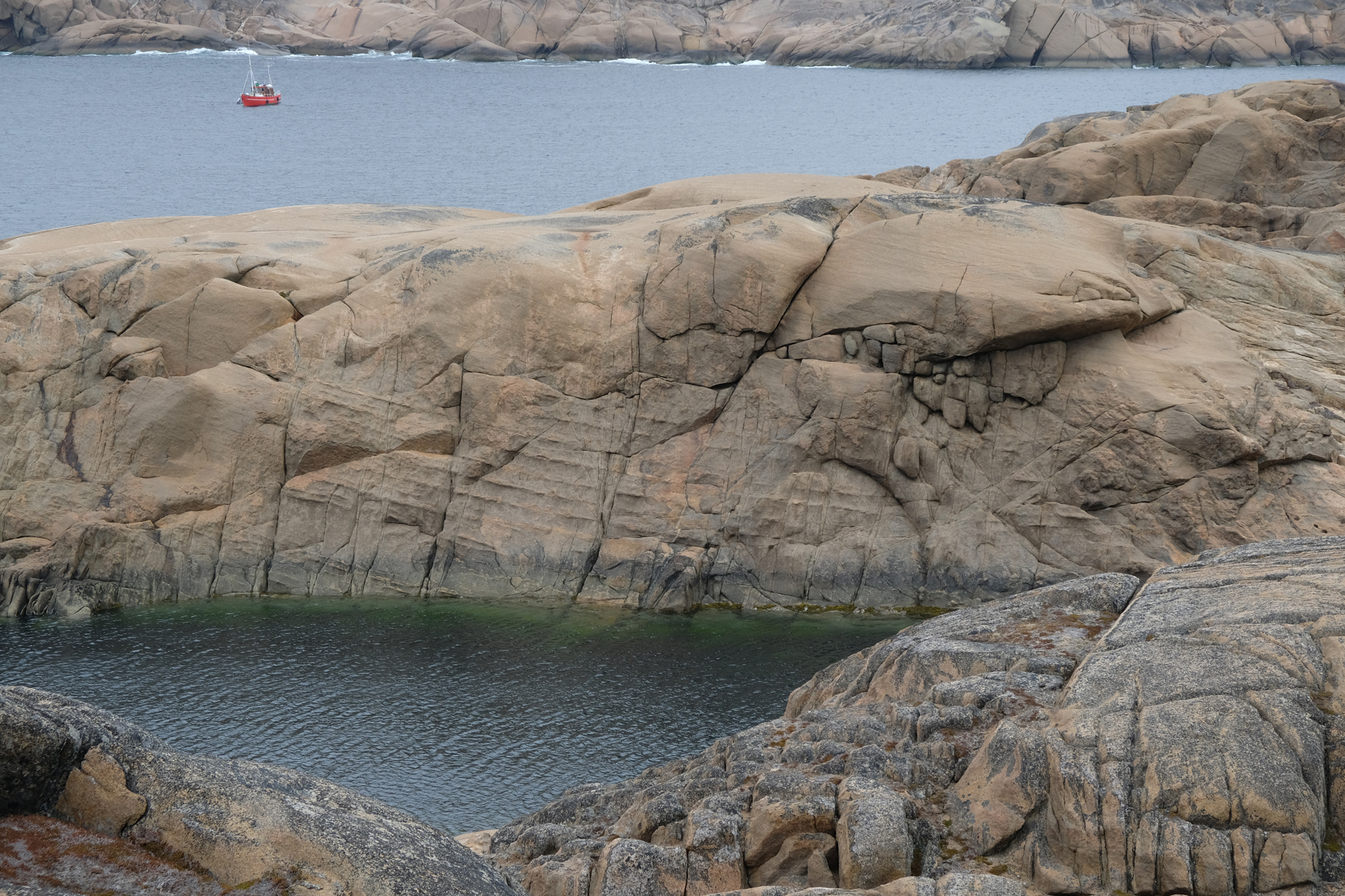Greenland Fieldwork with ESP's Christian Tegner and Thomas Ulrich





ESP's Christian Tegner and Thomas Ulrich conducted fieldwork in southwest Greenland in June this year. They investigated part of the Nunarsuit Igneous Complex, which is part of the Gardar province that hosts the Rare Earth Element (REE) and uranium occurrences at Kvanefield and Kringlerne (Ilimaussaq intrusion). Overall, the Gardar province is known for its alkaline/peralkaline intrusions and related mineralization such as REE, Nb, Ta, Zr, U. Equally, the province is known for its former cryolite deposit that was mined up to the late 1980s.
Together with geologist Ole Christiansen from Kujalleq commune they visited different parts of the igneous complex by boat. The aim was to collect samples from igneous rocks such as gabbros, granites, pegmatites and syenites to be mineralogically, isotopically, and chemically analysed and to determine their formation conditions and the potential for mineralization. Spectacular outcrops of macro dykes with large feldspar crystals, modal layering in the syenites, and pegmatites in the granites with amphiboles, pyroxenes and amazonite (green feldspar) can be seen in the photos.
The Nunarsuit Igneous Complex represents a suite of rocks that were sourced from mantle melts during the rifting period of the Gardar province between at 1.1-1.2 billion years ago and evolved by crustal processes. Their study will involve students and lead to a better understanding of the mantle sources and magma chamber processes, as well as their contribution to mineralization.
The samples will be analysed and studied at the Department for Geoscience and will also be part of a Master thesis.
